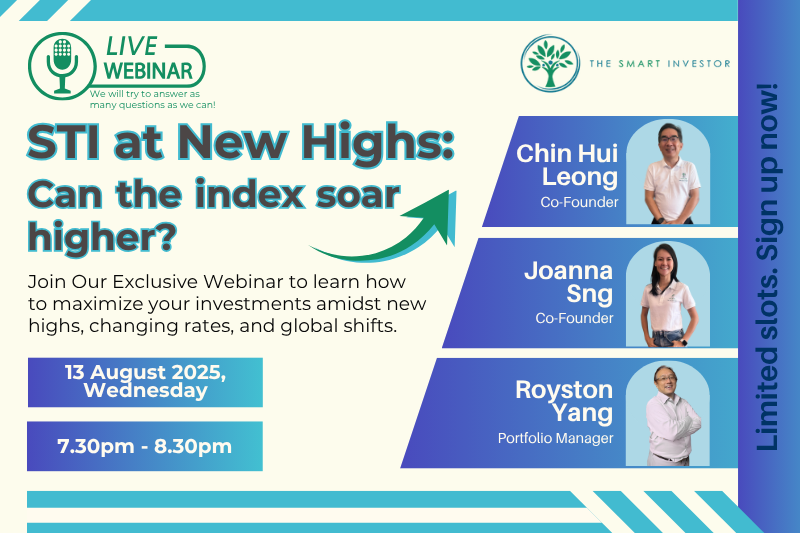My visit to my doctor was a bit different to previous years. He told me that the regular two-course jab that I normally have in my knee has been replaced by just one injection. It means that I should only need to see him once a year. Fantastic. That was the good news….
…. Then he brought out the syringe. That was the not-so-good news. Thank goodness I was sitting down at the time. I nearly passed out.
What does this have to do with investing? A lot really. No pain, no gain, as they say.
If you haven’t already noticed, the market has been badly underestimating the resolve of the US Fed to bring sky-high inflation under control. Pundits have latched onto the flimsiest shred of economic data that might suggest that inflation has peaked.
They hope that it could be a sign that the Fed would pivot away from its aggressive monetary-tightening strategy. They clearly haven’t been paying attention.
Inflation is nowhere near under control. Those who think that it is are either delusional, disingenuous, or downright naïve. There is no way on earth that a Fed fund rate of 2.5%, an ECB refinancing rate of 1.25% or a Bank of England base rates of 1.75% will curb inflation that is flirting with double digits. They might just as well try to tickle an elephant into submission with a feather duster.
We should accept – if we already haven’t done so – that interest rates are heading higher. They will stay higher for longer, too. There will be consequences, though, both intended and unintended to the higher-for-longer strategy by central banks.
With regards to the former, asset prices will very likely head lower. Some might say that they already have. But they haven’t come down nearly enough, yet. So, buckle up for the ride down, as the Fed not only raises rates but withdraws liquidity at an unprecedented rate.
The unintended consequences are that many businesses, economies and even some households will be caught in the downdraught. It won’t be pretty. There is no point howling, whinging, and bleating. If it isn’t hurting, then as far as the Fed is concerned, it isn’t working.
Right now, the Fed doesn’t think that its tightening policies are hurting nearly enough, which means that there is still too much excess liquidity in the system. So, be ready for more pain ahead. Problem is, unlike my knee treatment, it won’t be a case of a bit of short-term pain for long-term gain.
We are all on the hook for paying back 14 years of ultra-easy monetary policy. We have enjoyed the benefits of central banks’ largesse. And now it is taking back what it should never have doled out in such large quantities for so long in the first place.
The key to surviving the next two years is cash flow. Those that have positive cash flow to weather the next 24 months will be around to tell the tale. Those that don’t, won’t. That applies to not only companies but households, too.
If you’d like to learn more investing concepts, and how to apply them to your investing needs, sign up for our free investing education newsletter, Get Smart! Click HERE to sign up now.
Get more stock updates on our Facebook page. Click here to like and follow us on Facebook.






